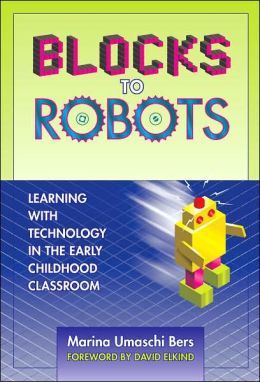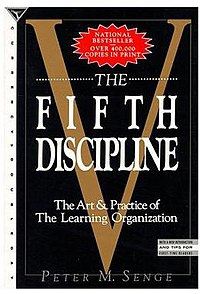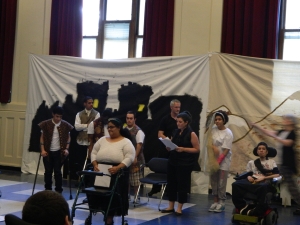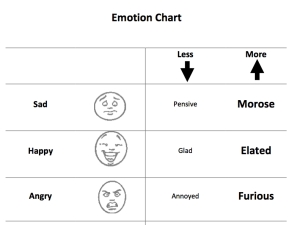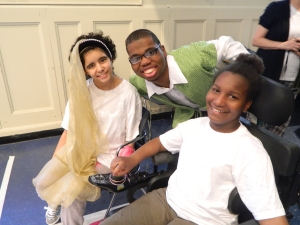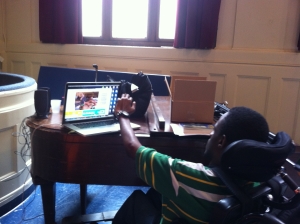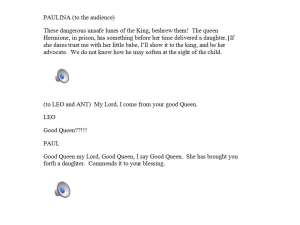This semester I included a section on games and game design in my authoring tools course, a graduate level course in the Educational Technology MA. It's the first time for this unit, so I was interested in how it was going to go, and I kept the parameters and assessment loose. I'm very happy with the work, and I hope many of the students continue with their games.
As I review the students' work I' have made some observations on what would make a good educational game:
 |
| Fable Table: A game where students create fables from remixing elements of existing stories. |
- The game cannot simply be an assessment (any Jeopardy-like game is a nonstarter).
- At its best, the game should teach something, not just reinforce.
- The game should give a kids with a variety of subject area knowledge a chance to be engaged. e.g. it doesn't reward kids for what they came into class with.
- The game mechanic should be the message. i.e. the skill, habit, knowledge should be baked into the game play.
- Engaging and fun
- Simple instructions
- Low barrier to entry
- Try to avoid a zero-sum/winner-take-all objective
The element of luck helps to move the game from an assessment and gives kids with different abilities a fighting chance at engagement, dice, wild cards, switches, and reversals.
Competitive games that have a strong assessment element just reinforce traditional teaching and reward the advanced students and stigmatize the struggling students.
I must admit that I was a skeptic to games in education. For every student who loves Monopoly, there's one who hates it. However, there's something about the 'timelessness' of games that makes me respect them too. Almost every civilization has used them for teaching, culture, and socialization.
Here's the actual assignment:
**********
Develop a Game
Games have been defined as:
“One or more causally linked series of challenges in a simulated environment” --Adams and Rollings
“A system in which players engage in an artificial conflict, defined by rules, that results in a quantifiable outcome.”-- Salen and Zimmerman
You will design a board game, a card game, video game, online game, a web-based game (not a webquest).
Game Criteria
Your game should have:
- A worthwhile objective for playing the game. This is not the objective of winning the game, but the objective of playing the game…e.g. the game objective of SuperBetter is to score a certain number of points but the objective of playing the game is to get mentally and/or physically healthy.
- Inviting and low-barrier to entry (invite people to continue once they start and increasingly challenge them them as they continue)
- 3-6 core mechanics (main, important actions a player does). “The mechanic is the message”
- Increasing challenge
- Rules
Feel free to think of an existing game and modify it.
Your game should have a short explanation (3-4 pages) and a working model.
- A description of the objective of the game
- A description of the core mechanics and an analysis of why they work in the service of the objective of the game.
- A description of the rules
- A description of how the game would be played, with an emphasis on how it starts and how it gets more challenging
- Influences or inspirations (this can be other games, books, experiences)
- A working prototype of the game (card game, board game, etc.)
********
Resources
We use the work of Institute of Play's Gamekit as well as these books.
Bibliography
Koster, R. (2004). A theory of fun for game design. Phoenix, AZ: Paraglyph Press.
Mcgonigal, J. (2011). Reality is broken: Why games make us better and how they can change the world. New York, New York: Penguin Books.
Salen, K. (2007). The ecology of games: Connecting youth, games, and learning (p. 278). Boston, MA: MIT Press.
Salen, K, Torres, R, Wolozin, L, Rufo-Tepper, R, & Shapiro, A. (2011) Quest to learn: Creating the school for digital kids. Cambridge, MA: MIT Press. Available online at http://dmlcentral.net/sites/dmlcentral/files/resource_files/Quest_to_LearnMacfoundReport.pdf
Salen, K. & Zimmerman, E. (2004). The rules of play. Boston, MA: MIT Press.

